THE MEN IN CHARGE OF FORMULA 1
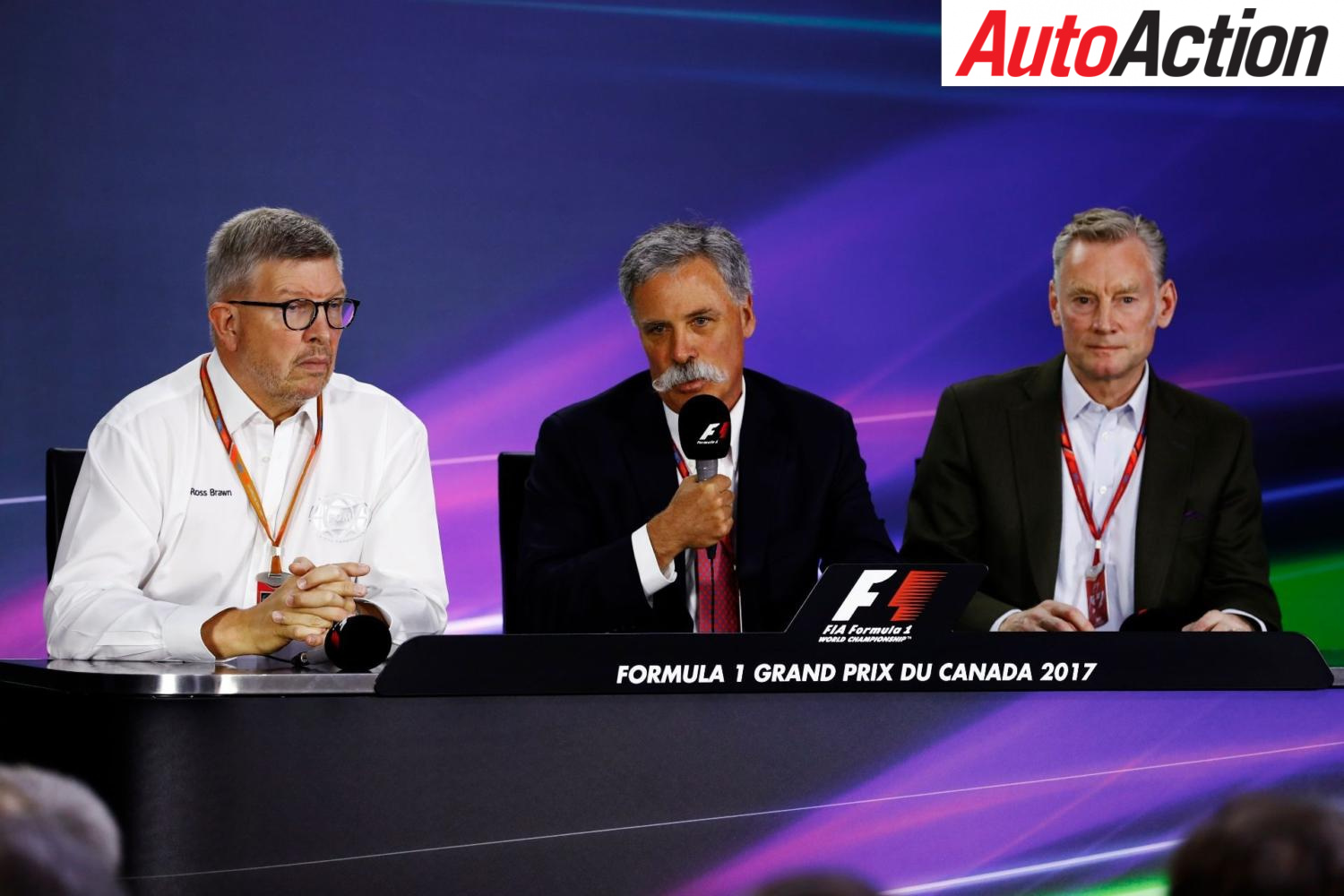
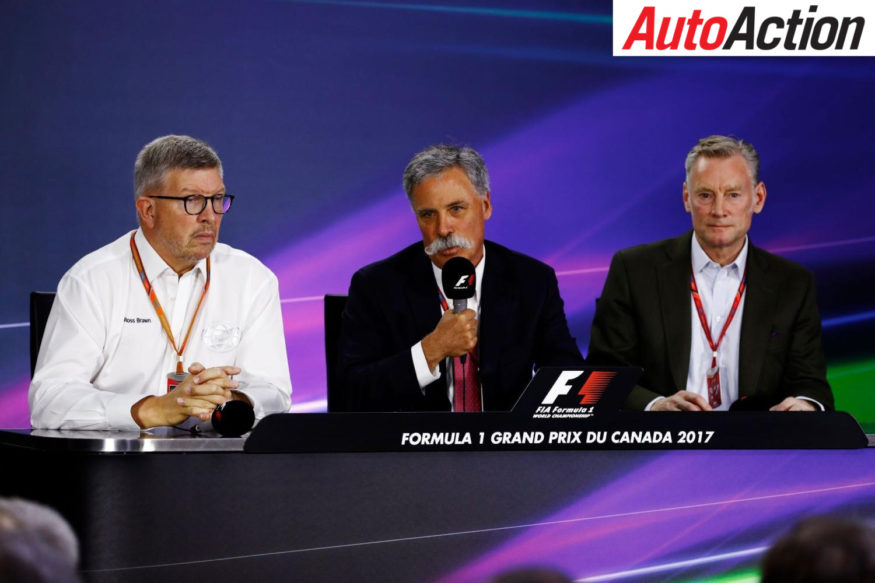
The men in charge of Formula 1 – Photo: LAT
Ross Brawn and Sean Bratches are the men charged with taking Formula 1 into a new era. One will influence the Sporting side of the sport and one will look after the Business – but they share a similar view of the sport
By DAN KNUTSON
ONCE UPON a time (as in, for the past 40 years) one person – Bernie Ecclestone – controlled the commercial side as well as many other aspects of Formula 1.
While the FIA – the Fédération Internationale de l’Automobile – continues to govern Formula 1 overall, Ecclestone’s responsibilities with the Formula 1 Management [FOM] group are now overseen by three people under the sport’s new commercial owners Liberty Media.
Chase Carey is the Chairman and CEO of Formula 1. Sean Bratches, who was Executive Vice President of Sales and Marketing at ESPN, is now the Managing Director of Commercial Operations. And former technical director and team boss Ross Brawn is now the Managing Director of Motorsports.

Ross Brawn needs little introduction to motor sports fans – Photo: LAT
Brawn needs little introduction to motor sports fans. He has been involved in racing since the mid-1970s, and he led the design Jaguar team that won the 1991 World Sportscar Championship. As a Technical Director in Formula 1, he helped steer the Benetton and Ferrari teams to multiple world championships. When Honda abruptly pulled out of F1 at the end of 2008, Brawn was involved in the consortium that saved the team, won the world championship in 2009, and was bought by Mercedes that went on to dominate. He retired from F1 in February 2014, and in January this year he returned in his new role.
“I stopped racing three years ago and I decided at that time never to get back into another team, at least a Formula 1 team,” Brawn says. “But this opportunity for me was too great to refuse. I’m very excited about being back in Formula 1 again, particularly in the job I’m doing. We are a team, but while we are not a racing team per se, we are a team and the fact there are three of us now carrying out a role that used to be handled by Bernie.
“Certainly the role that I’m going to perform hasn’t been done by FOM before and my role will be to be proactive to work with the teams, work with the FIA to find the right solutions to make our sport as great as possible in the future. By great, I mean close racing, healthy teams, true meritocracy of drivers and all the things we know we’d have in a perfect world. We want to try and build that perfect world, certainly from a racing side, so that’s what was so exciting for me to come back and get on the annual grind of going to races and so on. It was too appealing.”
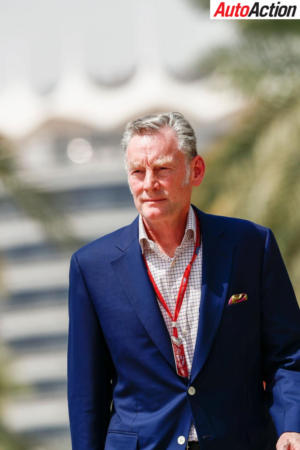
Sean Bratches has vast experience in sports and marketing – Photo: LAT
Bratches has no motor racing background but vast experience in sports and marketing.
“I spent about three decades in the sports media business,” he says, “and upon the acquisition of F1 by the Liberty Media Group, I have joined the company as head of commercial overlooking what Ross doesn’t – our sponsors, our promoters, the media rights business, brand, digital and things of that nature.”
Getting into the details, what do Brawn and Bratches plan to do for the sport and business? Here is what they had to say on a variety of issues.
SOCIAL MEDIA
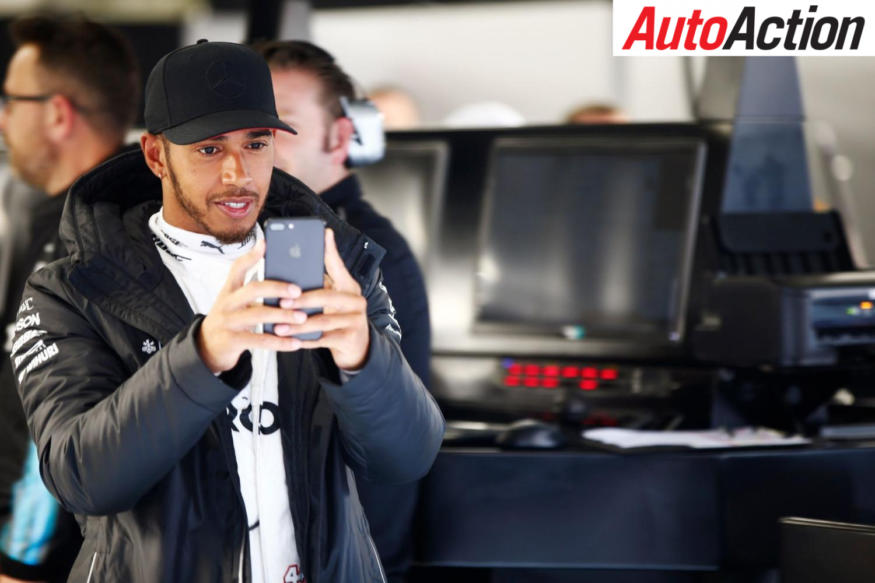
Formula 1 has begun to embrace Social Media – Photo: LAT
Ecclestone did not understand the social media phenomena and wanted little to do with it. That’s going to change.
“It’s going to be a significant focus of ours to drive that business,” Bratches says. “It’s clear that the world is moving in that direction, not only for incumbent fans but for our next generation fans in particular, and being able to engage audiences in new ways, particularly with social, in the immediacy and that moment of time is really critical.
“It’s a huge opportunity from an engagement standpoint. We issued our first-ever set of social media guidelines right before [preseason] testing and the data and analytics that came out of that was incredibly impressive in terms of consumption of our content and the Formula 1 brand, the team brand and our driver brands. I think from a fan standpoint, from a team and driver standpoint those were appreciated, acknowledged and there’s a big opportunity there.”
MAKING THE RACING BETTER
“There’s the pure physics of cars racing each other – tyre characteristics, aerodynamic characteristics, so on and so forth – you’ve got to look at the detail,” Brawn says.
“Then there’s the conceptual or broader approach which is that we need as many teams to be as competitive as possible. We need to flatten off the variation between the front and the back of the grid so that on a good day, with a following wind and a great driver, Force India – or a team of that ilk that is really competent but a private smaller team – can still win a race. At the moment that’s highly unlikely.
“So we’ve got to flatten off the field, and that means finding ways of limiting the potential of the regulations or limiting the resources that teams have available. The fact is that however good a small team is, it won’t beat a good team and we need to have all very good teams in Formula 1. Teams in a similar band and with all the same potential to win a race.”
EXPANDING THE CALENDAR
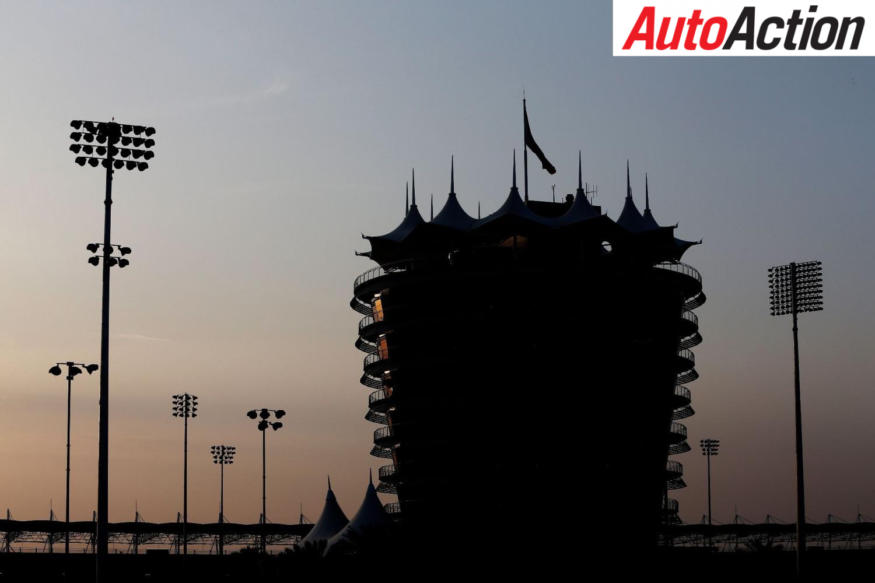
Formula 1 could expand to as many as 25 events – Photo: LAT
There are 20 races this year, and there will be 21 in 2018, with Germany and France returning and Malaysia not renewing its contract. Liberty would like to have as many as 25 events.
“We’ve got a great set of promoters right now that we’ve got exceptional relationships with,” Bratches says, “and our interest is in continuing to expand in a very smart and thoughtful way in the territories that underpin the extraordinary heritage of this sport, particularly in Europe, and then go to new markets such as LATAM and the North America where we thing there is substantial growth in audience.”
SORTING OUT THE TECHNICAL REGULATIONS
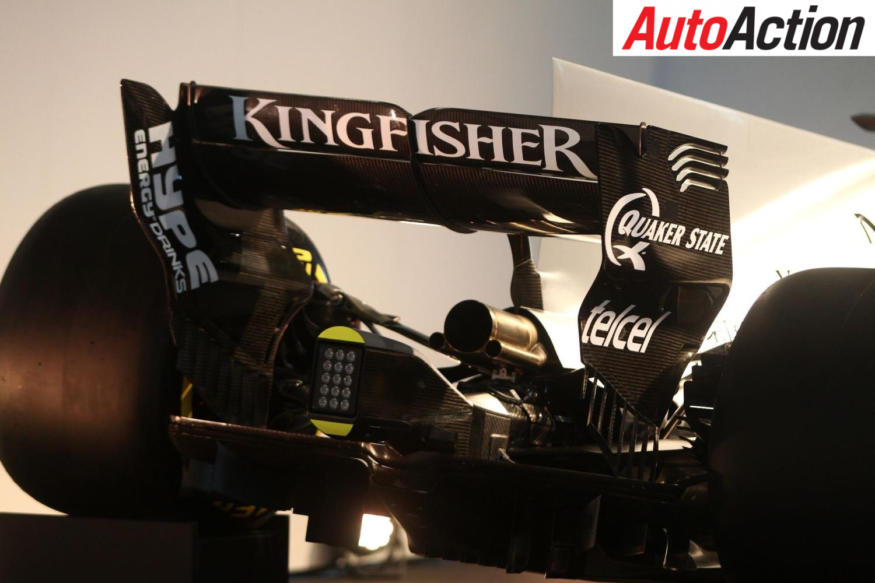
Technical regulations to direct Formula 1 for the next three or five years – Photo: LAT
“We should have a vision of where we want to be in three or five years’ time,” Brawn says, “but that doesn’t mean we won’t be involved in the present because problems and issues won’t arrive in the present time.
“For example, we’ve got a new set of regulations, part of which was to have aesthetically better cars, and we’ve ended up with a fin on the engine cover, some very odd wings and all sorts of turning vanes. That’s a little bit unfortunate but it’s the inevitable consequence of a new set of regulations and the unintended consequences.
“So I think undoubtedly we will get involved in the day to day issues, but for the fundamental changes we envisage we will need time.”
PUTTING THE TECHNOLOGICAL GENIE BACK IN THE BOTTLE
Since day one of motor racing engineers and designers like Brawn have worked to make the cars faster. And for years the governing bodies have worked to slow the cars down. How do you put the technological genie back in the bottle, particularly where aerodynamics is concerned?
“We have to recognize these cars are incredibly quick because they use aerodynamics,” Brawn says, “and if we want cars as quick as this and as spectacular as this then we can’t just turn the aerodynamics off. I think there’s a view that we should get rid of the aerodynamics and have big, wide tyres and then get the grip mechanically and then we can go back to cars racing each other. We can, but they will be a lot slower than most of the single seater cars that are out there.
“So we should embrace aerodynamics, but in a different way. We should work out how we can make the aerodynamics as benign as possible so cars can still race each other. That’s never truly been done.”
PAY TV
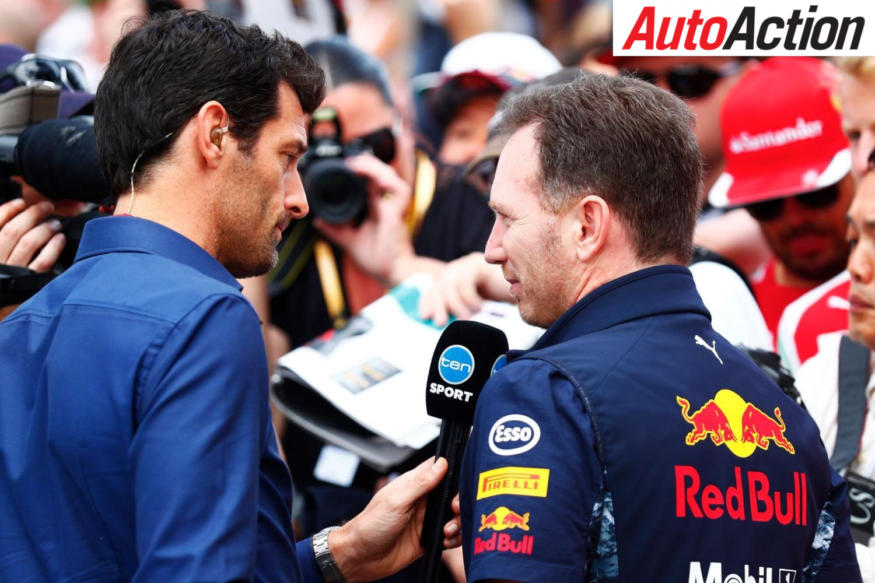
Formula 1 will continue to look at TV options – Photo: LAT
Television viewing numbers are declining due in part to the move to take the races off free-to-air TV and put them on pay channels.
“It’s a dynamic that many sporting organisations are looking at,” Bratches says. “More so than not, organisations are finding themselves on pay [TV] because that’s where the money is. But I think you can’t look at it in broad strokes, you have to look at it in a territory by territory basis and there are some market places where the pay to free-to-air penetration is extremely high and the economic benefits are there and it makes it a little bit easier to make that move. There are also some markets where pay television penetrations are low, relative to free-to-air, which makes those a little bit more difficult.”
KEEPING TEAMS
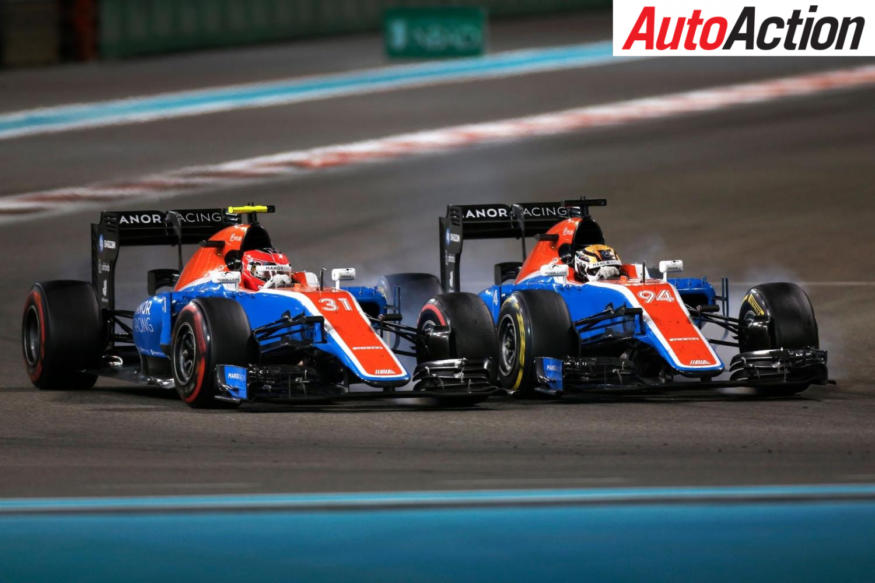
The now defunct Manor Formula 1 team – Photo: LAT
Unlike some sports where the commercial income is distributed more or less evenly between all the teams, the major outfits in F1 garner most of the money while the smaller squads struggle to survive. That is going to change.
“We have to find equitable solutions for everyone,” Brawn says.
“Unlike the past, it would be great if we didn’t have this sort of Mexican stand-off that’s been historically the case in these discussions. The objective is to convince those teams about the bigger picture in Formula 1. If you take some of the examples in the past, there’s been concessions made by major teams and major leagues in order to have a better solution for the sport, and that’s meant the sport has become much bigger, the sport has become much more successful.”
Bratches: “It comes back to the fan, our interest is in putting competitive, compelling competition on the grid that we possibly can, and there’s not a team or an individual on any team that we speak to that doesn’t agree with that premise, it’s just a function of getting there. I think there are paths just like anything else, they’re complicated, but we’re putting our collective shoulder behind that and going to work with our partner and the team front to get there with an ultimate objective of creating a better fan experience on the grid.”
FLEXIBILTY
Ecclestone created this billion-dollar business and sport by having a very rigid way of doing things. It worked, but the new bosses plan to have flexibility, and this includes the roles of Brawn and Bratches.
“Sean and I don’t have massively defined boundaries of where we get involved.,” Brawn says. “I’ve got the racing experience, Sean’s got great sports history, but accessibility for fans is a huge thing. We know how exclusive Formula 1 has become over the years, I’ve seen it and I’ve lived with it and I don’t think it’s necessarily such a good thing.
“Formula 1 is a high-quality sport, it’s a great sport, but sometimes the exclusivity we’ve created is not constructive. So things like that we can definitely do, we can definitely start the process of recognizing those things and starting them. So that’s relatively straightforward. And it will have hiccups, we’ll find things we’ll try and do which won’t quite work and we’ll have to come back, but things are going to change.”
CHANGE
Things are already changing. For example, the drivers are now allowed to post ‘moving pictures’ on social media from the paddock. And that is just the tip of the iceberg as Carey, Brawn and Bratches help guide Formula 1 into the new post-Ecclestone era.
Pick up the latest issue of Auto Action magazine for our most recent features. Also follow us on social media Facebook, Twitter and Instagram news between issues.





